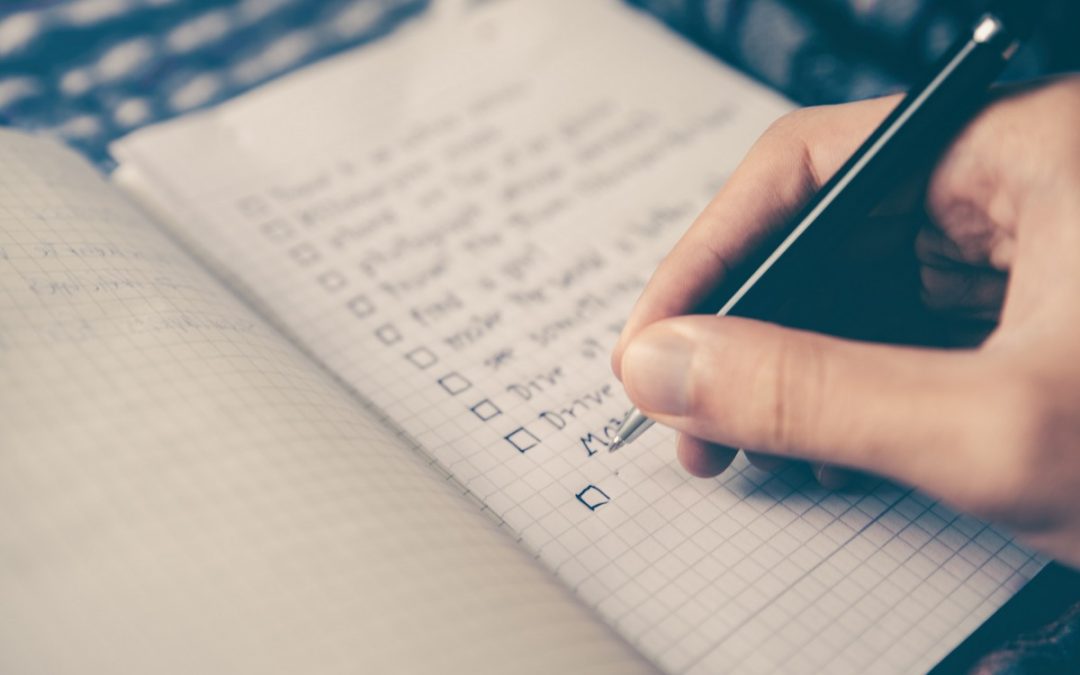You’ve done all the hard work to prepare for your business’ launch. Now it’s time to celebrate. Holding a grand opening is an effective way to raise awareness about your new business, meet customers in your market, and kick start revenue growth with your first promotions. Setting goals for your grand opening event, planning, and addressing all the details in advance can ensure a successful event. Use this checklist to make sure the basics are covered.
Grand Opening Checklist
Advertising
You want to welcome as many people as possible to your grand opening, so it’s vital to get the word out to all parts of your target market. Start with this list of media channels to advertise your grand opening event:
- Posters and flyers
- Press release
- Media invitations
- Personal invitations to your business network, friends, and family
- Social media
- Email marketing, with different messages for different segments of your list
- Street signs and banners
Agenda
Think through your grand opening day’s agenda, planning features that will generate excitement and engage customers. Consider including:
- A ribbon cutting or other photo opportunities
- Activities that will create interest, such as tours or demonstrations
- Promotions or giveaways
When you decide on your grand opening day agenda, make sure you arrange for all of the help you will need and have all systems and supplies ready to go, such as:
- Ribbon, scissors, photographers for the ribbon cutting
- Name tags
- Sound system
- Wi-Fi for demos or systems running both inside and outside your facility
- Technicians or sales associates to conduct demonstrations and necessary equipment
- Associates who will cover the event on social media
- Tickets for drawings
Also, make sure you can take every opportunity to collect names and contact information of new customers to build your marketing database. It’s important to start off on the right food with responsibly collecting and managing data, so make sure you are upfront with customers about how you will use their data and allow them to opt out if they don’t want to receive communications from your business in the future.
A Customer-Ready Business
Grand opening day isn’t the time to work the bugs out of your systems and processes. Everything should be in working order and ready to impress:
- Products and services ready for sale
- Accurate labels and signage
- Clean, orderly facility with all renovations complete
- Your team trained in providing optimal customer experiences
- Systems that collect feedback from customers
Also, your point of sale system (POS system) should be programmed to manage your sales and inventory and collect data on items that generated the most sales. Make sure ample supplies of receipt paper and other consumables are stocked up so you don’t run out. You should also ensure that your staff can use the system quickly and effectively so customers don’t have unnecessarily long waits for service.
Holding a soft opening prior to your grand opening may be a smart strategy. A few evenings of “invitation-only” shopping with family or acquaintances as your customers can give you and your staff a chance to test your operation before you open the doors wide to the community.
After the Grand Opening
Your grand opening event will probably be an exhausting, but exhilarating, day, but don’t take too much time to put up your feet and relax. Your work isn’t over — it’s just beginning:
- Continue to build good relationships with your network by thanking people who attended or provided assistance.
- Distribute a follow-up press release and photos to the media.
- Continue social media engagement by announcing winners of drawings or posting photos.
- Update your customer database with new names and thank them for attending the event.
- Follow up with opportunities you discovered during the event.
A well-planned grand opening can jumpstart business success. Build on this grand opening checklist with items relevant to the unique event you are planning to let your market know you’re ready for business.
You’re invited to attend PlazSales Grand Opening on August 31, 2019, from 10 a.m. to 4 p.m. at our facility in Manchester, MO. Read our press release for details and information on the IT equipment reuse and recycling event that we’re holding during the grand opening.
To help pizzeria owners, pizza point of sale (pizza pos) is more than just a cash register or adding machine — it’s a hub where you can manage your entire business.
Pizza shops have long managed their business in the traditional, manual manner. Much like pizza itself, why stray too far from what has worked? This may mean using pen and paper to order ingredients, taking down orders over the phone. You may be using a non-integrated payment system to swipe credit cards. But that means workflows that take extra time through a shift and at the end of the day. Modern customers want the convenience of online ordering and payment. And like customers always have, they still expect prompt service and their food served warm and tasty as ever.
With Pizza POS, you can streamline your operations to reduce waste. It’s a win for everyone: The more efficiency you can build into your business, the more successful you will be at keeping your customers and employees happier.
Pizza POS Features
Point of sale systems for pizzerias are unique among those for other restaurants and businesses because pizzerias are a different kind of operation. Pizzas are almost endlessly customizable in a way that other restaurants are not expected to deal with. How big of a pie does a customer want? Which certain toppings only go on which certain halves? It’s easy for a mix-up or misunderstanding to occur when relaying these orders verbally and recording them manually. Better to have a system that is designed and optimized for these specific kinds of orders.
Pizza POS systems need to give your business these capabilities:
- Modify options for size and toppings on pizzas. When the menu changes, the system can easily adapt as well.
- Inventory management that lets you know exactly what you have, how much you use, so you never run out of ingredients while reducing food waste.
- Online ordering to suit busy customers’ schedules and for added convenience.
- Delivery management to provide your delivery drivers with directions and constant traffic updates to get them where they need to be on time. You can also let your customers know when their delivery is dispatched so they aren’t left guessing.
- Loyalty program features to keep your customers coming back by rewarding them for doing so. The right pizza POS system will allow you to digitally manage your customer accounts and rewards with ease.
- Customer relationship management (CRM) that allows you to optimize your sales and marketing campaigns, forecast future sales, and automate simple digital features to leave your staff more time for complex tasks.
- Integrated payments — no longer take that extra time at the end of the day to do your payment reports.
- Offline mode for business continuity, even if your network connection is interrupted
- Reporting that provides you with visibility into what your customers are ordering, their preferred methods of payment, the times the rush comes in, and track labor hours and employee performance.
Just What You Ordered
In this day and age, pizzerias face steep competition and small profit margins. To keep operating while making a profit, you need the ability to operate efficiently and build a base of loyal customers. When it comes to optimizing your business, in all specifics unique to pizzerias, pizza POS can help.
To learn more about point of sale systems that help pizzerias run efficiently and profitably, contact PlazSales.
For more tips, information, and insights, subscribe to our blog. It only takes a few seconds to subscribe by entering your email address.


Recent Comments